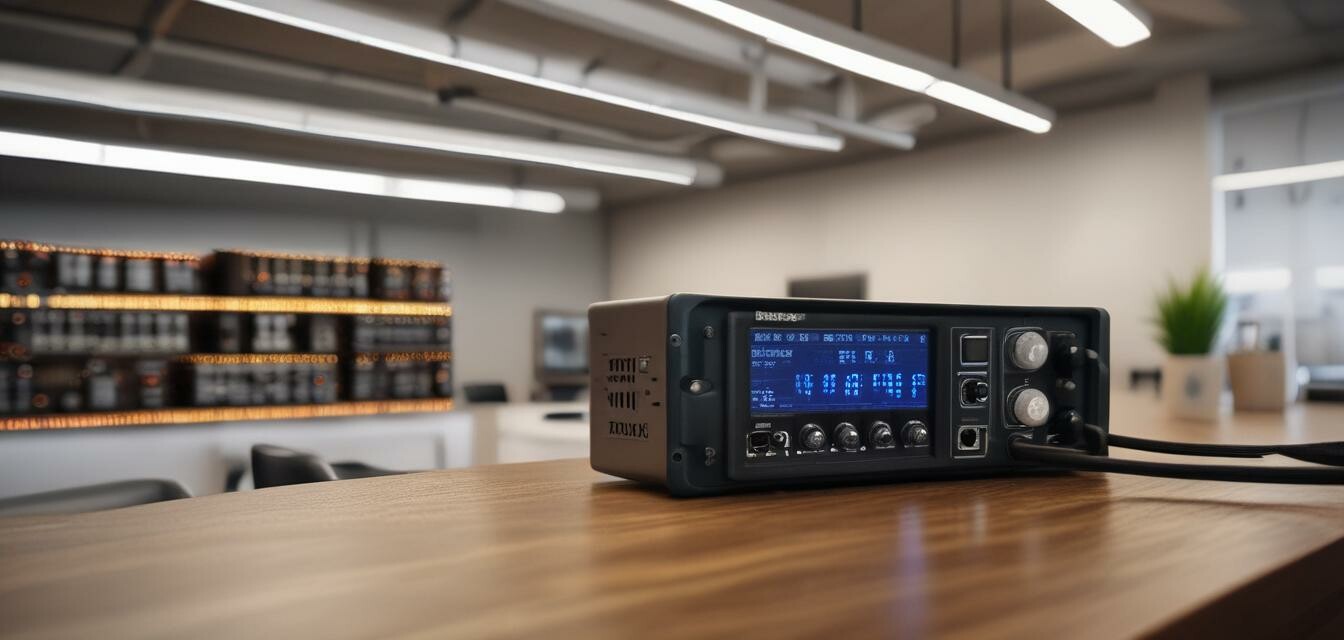
Evaluating Different Types of LED Drivers
Key Takeaways
- Understand the different types of LED drivers available.
- Consider factors like efficiency, compatibility, and features before purchasing.
- Choosing the right LED driver can enhance performance and energy savings.
LED drivers play a crucial role in the functionality and efficiency of LED lighting systems. As an electrician, selecting the right driver can significantly affect your project's success. This article will provide a comprehensive comparison of various types of LED drivers, highlighting their features, efficiency, and compatibility to assist in making informed decisions.
What is an LED Driver?
An LED driver is an electrical device that regulates the power to an LED or a series of LEDs. It ensures that the right amount of voltage and current is provided for optimal performance, preventing over-voltage and controlling the output power. Let’s dive into the primary types of LED drivers.
Types of LED Drivers
| Type | Description | Best for |
|---|---|---|
| Constant Voltage Drivers | Provide a steady output voltage, suitable for applications needing a stable voltage supply. | String lights, decorative lighting. |
| Constant Current Drivers | Deliver a consistent current, crucial for maintaining brightness and efficiency. | LED modules, high-power applications. |
| Multi-Output Drivers | Allow for different output channels, ideal for complex lighting systems where multiple LED types are connected. | Commercial applications, architectural lighting. |
| Dimmable Drivers | Compatible with dimmer switches to adjust the light intensity. | Residential applications, mood lighting. |
Efficiency Ratings
Efficiency is a critical aspect to consider when selecting LED drivers. Generally, a more efficient driver leads to lower energy consumption and operational costs. Look for drivers with the following certifications:
- CE: Compliance with European health, safety, and environmental standards.
- FCC: Indicates that the product has been tested for interference with radio and television reception.
Specialty LED Driver: A Reliable Choice
Among the various LED drivers available, the 240V AC to DC 12V 30A 360W Switch Power Supply Driver deserves a special mention. Let’s explore what makes it suitable for a range of applications:
240V AC to DC 12V 30A 360W Switch Power Supply Driver
A versatile power transformer designed for various applications including CCTV cameras, LED strip lights, and more.
Learn MoreKey Features
- Input: 240V AC; Output: DC 12V 30A max. Output voltage is adjustable 10%.
- Voltage consistency with no fluctuations during operation.
- Automatic overload cut-off and short circuit protection features.
- Multi-channel output capability, suitable for extensive setups.
Comparison of Popular LED Drivers
| Driver | Type | Output Voltage | Maximum Current | Features |
|---|---|---|---|---|
| AC to DC 12V Driver | Switch Power Supply | 12V | 30A | Overload protection, adjustable voltage |
| Constant Voltage Driver | Constant Voltage | 24V | 5A | Low heat, waterproof |
| Constant Current Driver | Constant Current | 12V | 2A | High efficiency, compact |
| Dimmable Driver | Dimmable | 12V | 3A | Supports various dimmers |
Factors to Consider Before Buying an LED Driver
Choosing the right LED driver involves assessing several important criteria:
- Compatibility: Ensure the driver works with your LED system’s specifications.
- Power Requirements: Check the voltage and current ratings to meet your needs.
- Quality & Certification: Go for well-reviewed brands with appropriate safety certifications.
- Warranty: Look for products that offer a warranty for peace of mind.
Conclusion
LED drivers are pivotal components in lighting projects. Understanding the types, efficiency, and critical features can streamline your selection process, while making sure that you select the ideal driver will ensure the success of your projects. Don't overlook the 240V AC to DC 12V 30A 360W Switch Power Supply Driver for your upcoming projects—it’s crafted to address various needs!
Tips for Beginners
- Start with understanding your LED system requirements.
- Perform careful calculations on the power needs.
- Ask experts or research online for product comparisons.
